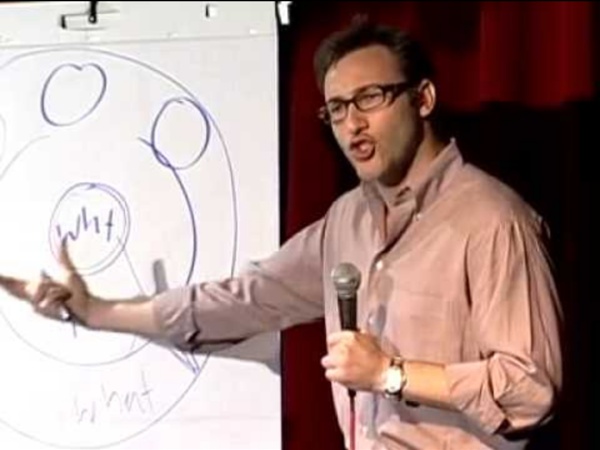



The Internet of Things Is Changing How We Manage Customer Relationships Steven Moore Just as it’s hard to remember what life was like before the iPhone, it can be hard to remember business before there was CRM software — back when you still had to explain that it stood for “customer relationship management.” Today, CRM pervades the way many companies track and measure how they interact with other organizations, across many departments: marketing, sales, customer service, support, and others. CRM made it possible to determine precisely who responded to a specific marketing campaign and then who became a paying customer, which customer called the most for support, and so on. It gave companies some overall measure of revenue compared with marketing spend — something described in this 2007 article in The New York Times. But now that Big Data and the Internet of Things have come along, we can go beyond the transaction to every little detail of the customer’s actual experience. With every passing day there are more examples of Internet of Things adoption.
Dessins Aurélie Big thing to think about when videoing Fifty Quick Ideas to… by Gojko Adzic et al. This book will help you write better stories, spot and fix common issues, split stories so that they are smaller but still valuable, and deal with difficult stuff like crosscutting concerns, long-term effects and non-functional requirements. Above all, this book will help you achieve the promise of agile and iterative delivery: to ensure that the right stuff gets delivered through productive discussions between delivery team members and business stakeholders. Who is this book for? This is a book for anyone working in an iterative delivery environment, doing planning with user stories. The ideas in this book are useful both to people relatively new to user stories and those who have been working with them for years. Who is this book not for? This book doesn't cover the basics of stories. What's inside? Unsurprisingly, the book contains exactly fifty ideas. Creating stories: This part deals with capturing information about stories before they get accepted into the delivery pipeline.
O'Reilly Media - Tech Books, DRM-Free Ebooks, Videos The high points in this book from Jeff Patton are too numerous to mention. I found myself taking copious notes, and you could do the same, but it would probably make more sense to keep it near you and dip into it regularly until you have fully digested it. It is filled with good quotes e.g. 'There's always more to build than you have people, time, or money for. Chapter 5 is a real gem - a real world example of how to map stories, and so down to earth that you carry it with you. It is a book that makes clear the rationale behind user stories i.e. it doesn't simply contain a description of: 'As a.. 'Stories get their name from how they should be used, not what should be written.' There is a breadth of experience here: the author brings together old ideas, 'card, collaboration, confirmation' with newer ideas such as the Lean Startup 'build, measure, learn'. This is an honest book and one that makes you think. Disclosure: I'm writing this post as part of O'Reilly's blogger review program.
Shedding The Circle Of Influence Before looking at shedding the circle of influence be aware of regulators within your life. Particularly inhibitors. Why shedding happens. Possible effects on growth. Especially relevant with forward momentum towards achie Splitting User Stories - Agile For All Working from a prioritized backlog of small user stories allows a team to get value and high-quality feedback on frequent intervals. Many teams struggle to split large user stories into small stories in a useful way. Instead of ending up with small vertical slices through their architecture, they get stories that look more like tasks or architectural components and fail to experience the value or feedback small stories should provide. Fortunately, story splitting is a skill that can be learned in a relatively short time. I’ve seen teams go from struggling to fluently splitting stories with just a couple hours of practice and some simple tools. Patterns for Splitting User Stories is my original article that outlines 9 kinds of functional complexity in large stories and approaches to split through each one. My How to Split a User Story poster walks through the questions I use when coaching a team to split their own stories.
Disciplined Learning Dr. Alistair CockurnHumans and Technology Technical Report TR-2013.01 Feb. 2013, ©2013 Alistair Cockburn alias: Learn Early, Learn Often alias: DAKA2 (and see also DAKA) The beautifully laid out PDF of this article, as prepared for CrossTalk Magazine, is available at: Apply Figure 1 and you have everything, including Lean Startups, Collaborative Agile Marketing, feature thinning, “Trim the Tail”, Deliberate Discovery and risk-based project management [ER, GW, AC-ft, AC-ttt, DN, W-rm]. Figure 1: Disciplined knowledge acquisition during product development Although Figure 1 shows the desired path of learning, most development and marketing looks more like Figure 2: Figure 2: The typical “late-learning” sequence of product development. To get acquainted with the idea, let’s first walk through Figure 2, the typical “late-learning” sequence: They need to learn four things: 1. #1 they learn along the way. Q1. to
Susan